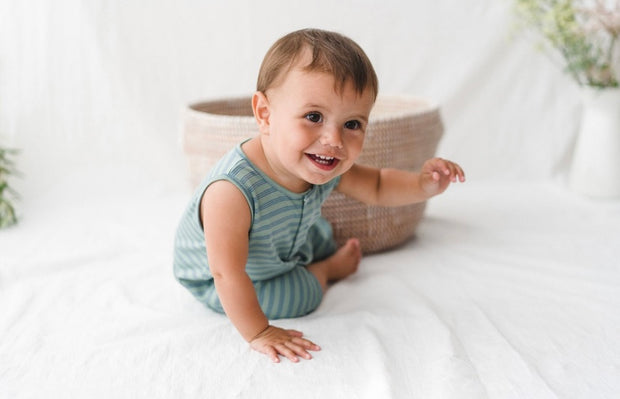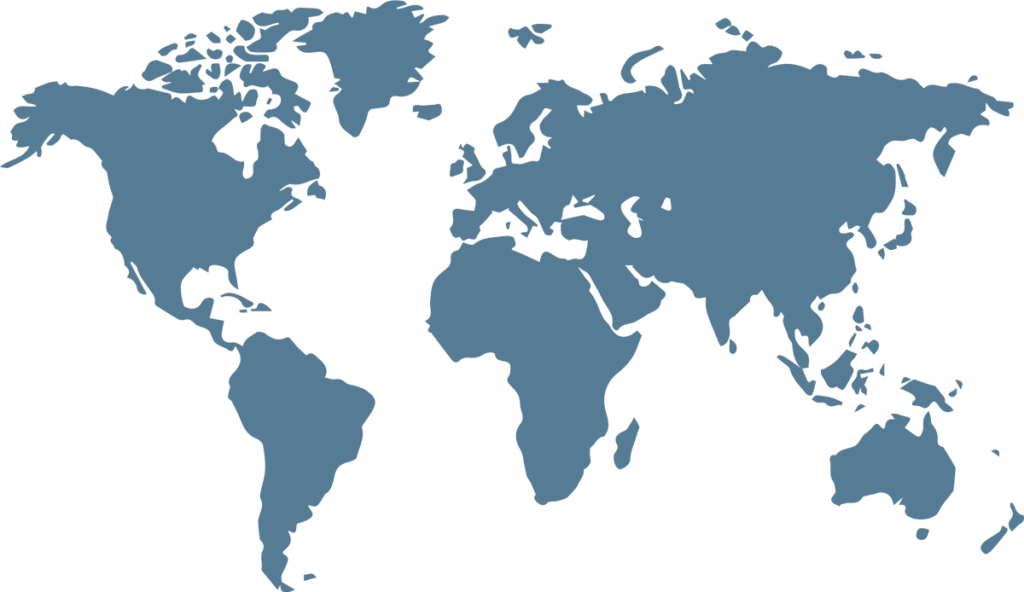When she was pregnant, Christina Lane realised she wanted to be more environmentally conscious sourcing clothes for her first baby.
Originally from the UK, she had heard about popular schemes in Europe where new parents could rent baby clothes for a monthly fee rather than buying them. But when she looked for similar services here, there weren’t many options.
Determined not to contribute to clothing waste, she founded a small children’s clothing rental business.
In Australia, children’s clothing waste is a significant contributor to the more than 200,000 tonnes of clothing which end up in landfill every year.
“It was definitely slow at first because renting baby clothes is a very new concept and it can be difficult for people to get their heads around,” Ms Lane said.
“It’s been a challenge shifting the mindset that second-hand doesn’t mean second best. There’s still a bit of taboo, a bit of an ‘ick’ factor around pre-loved, but I’ve found people are also open to change, so I’m optimistic.”
Breaking the stigma
Peter Allan, the director of Sustainable Resource Use, is also focused on changing parents’ preconceptions about second-hand children’s clothing.
He is working on creating a federally-funded national scheme aimed at reducing rampant waste in the clothing industry.
Mr Allan said baby and children’s clothing posed particular sustainability challenges because kids outgrow clothing quickly and were rougher on garments.
“In this country, we buy 56 items of clothing per person per year, it’s an alarming level of consumption and we need to have a particular strategy for kids clothes and a big part of the equation has to be buying second hand,” he said.
As well as buying from op shops and online marketplaces, Mr Allan suggests parents develop systems within family and friendship circles where clothes get passed from one group to another as children grow into different sizes.
“Up until now, buying second-hand has been seen as a social thing, you buy second-hand if you’re forced to for affordability, but I think that’s changing dramatically now people are motivated environmentally. We need to go beyond making it acceptable to making it desirable,” he said.
Mother-of-two Vira Higgins, from the northern New South Wales, is determined to buy quality second-hand clothing wherever possible, but as fast fashion increasingly infiltrates op shops, she says it has become more difficult.
“I’ve definitely seen over the years a shift from there being quality brands and textiles to the cheaper fast fashion. I’ve heard mothers say they wouldn’t bother going to an op shop any more, they may as well go to a major retailer and they’ll find it easier from a time perspective,” she said.
Do you shop in op shops? You’re likely to be more stylish
Ms Higgins’s advice to parents who find themselves in this situation is to plan ahead.
“When I had my first child, from when he was a year old I was collecting kids clothes for up to when he was a 10-year-old. When you find high quality, you need to keep it because it lasts.”
She said finding op shops with a fast turnover was also key to securing quality clothing.
“I love buying for other people as well. I’ve got a friend who has twins and I think, ‘Yep, you can never have too many quality options’. I love the idea of being resourceful.”
Rethinking baby gifts
Mr Allan wants people gifting clothes to consider the waste.
“Where I see a lot of waste is gifting, particularly newborn babies, they get showered with newborn sizes which they grow out of before it’s even worn,” he said.
“Wouldn’t it be better if a friend or relative, gave you a voucher for a 12-month rental system, or a voucher to buy a bigger size down the track.
“We can do so much better with baby wear and kids clothes, kids rolling around and spilling things on them, it doesn’t need to be brand new every time, it’s going to be second-hand after the second wear anyway.”


